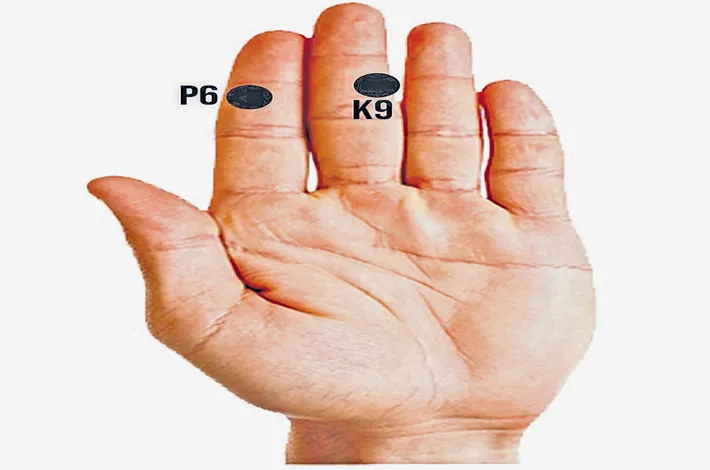Easing motion sickness
02-06-2025 12:00:00 AM

Motion sickness is a common and often disruptive condition that affects millions of people worldwide, especially during travel by car, boat, plane, or amusement rides. While conventional treatments like medications are available, many seek holistic approaches, including traditional Korean acupressure, to manage symptoms naturally.
Causes
Motion sickness arises when the brain receives conflicting signals from the body's sensory systems—primarily the inner ear (vestibular system), eyes, and proprioceptive sensors in muscles and skin. For example, when riding in a car, your inner ear senses movement, but if your eyes are focused on a stationary object (like a book or phone), your brain receives mixed messages about your body's motion. This sensory mismatch overwhelms the brain, leading to the classic symptoms of motion sickness.
Holistic approaches
Some well-supported holistic strategies include:
Ginger: It can be consumed as tea, candy, capsules, or raw, and is effective in reducing nausea, vomiting.
Dietary: Eat light, non-spicy meals before travel. Stay hydrated with water or ginger ale. Avoid alcohol and fatty foods. Take breaks for fresh air and movement.
Behavioural techniques: Sit in the front seat of a car or in the middle of a boat where motion is less pronounced. Focus on a fixed point on the horizon. Avoid reading or using screens during travel. Practice deep, slow breathing or listen to calming music.
Acupressure
Acupressure, rooted in traditional Asian medicine, involves applying pressure to specific points on the body to relieve symptoms. Korean hand acupressure is a specialised form that targets points on the hand believed to correspond to various organs and systems.
For treatment, you can use Byol magnet with the yellow side touching the medical adhesive tape. If you do not have the magnet, use methi seeds — place them on a piece of medical adhesive tape and apply it on points marked and shown on the fingers (see figure). According to Chinese acupressure system stimulation of PC6 point can significantly reduce nausea and vomiting. To locate the point, place three fingers below the base of your palm on the inner wrist, then apply gentle pressure between the two tendons in this area.
A randomised, placebo-controlled study found that applying pressure to the K9 point on the hand significantly reduced postoperative nausea and vomiting in women, suggesting its potential for motion sickness as well. In the study, acupressure seeds were applied to K9 for at least 24 hours, resulting in a lower incidence of nausea and vomiting.








